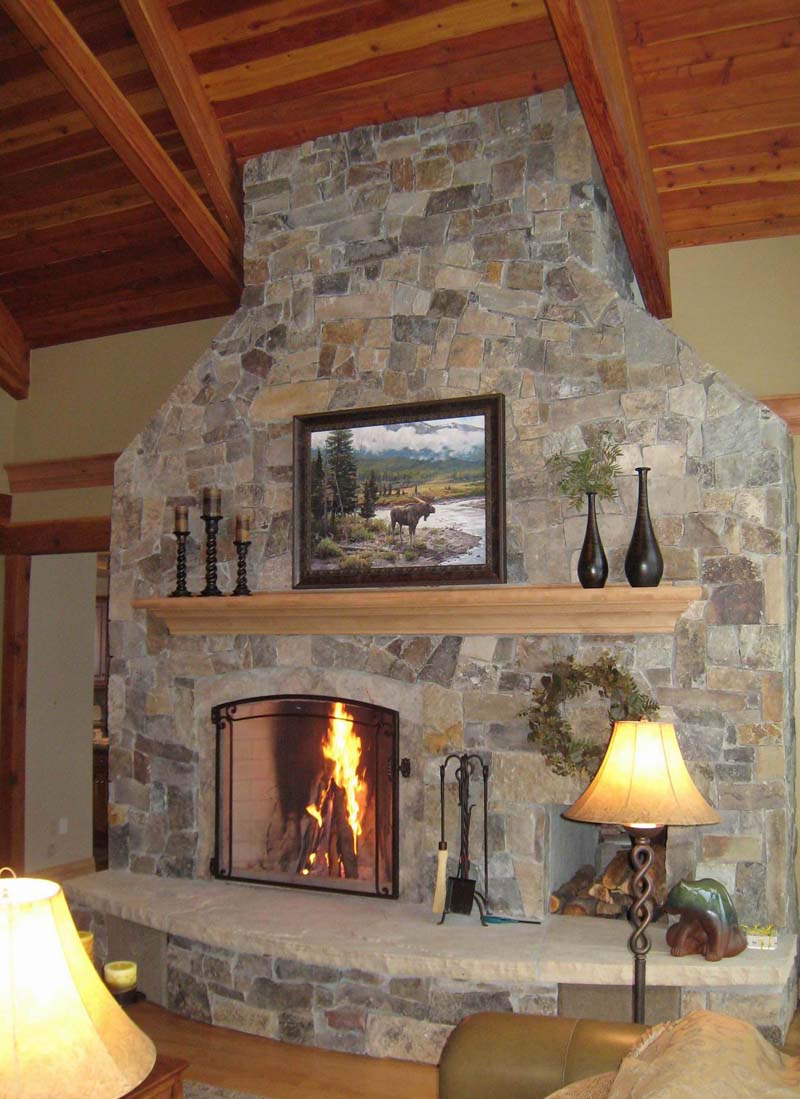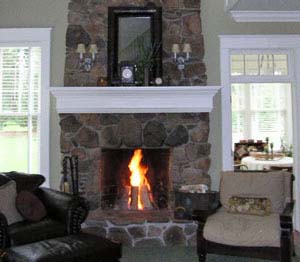Fireplace Style
11/17/21
|
After WWII when there was unprecedented building of houses for the mushrooming middle classes and the building codes were written or substantially revised, "the modern fireplace" was born. The modern fireplace was a product of its time, when central heating was universal, gas was cheap, and the ranch style house was popular. The fireplace didn't have to heat. It just had to draw and not burn the house down - and be low and horizontal to fit architecturally with the low horizontal ranch style houses with low ceilings. Now, with great rooms and vaulted ceilings, Rumfords are coming back. Big and tall fireplaces fit these big and tall rooms. And the radiant heat from a Rumford warms people and not the air which is just lost up in those high ceilings. You can see more examples by clicking here. |
 |

Back to Training Program for Masons Index
Buckley Rumford Fireplaces
Copyright 1995 - 2021 Jim Buckley
All rights reserved.


